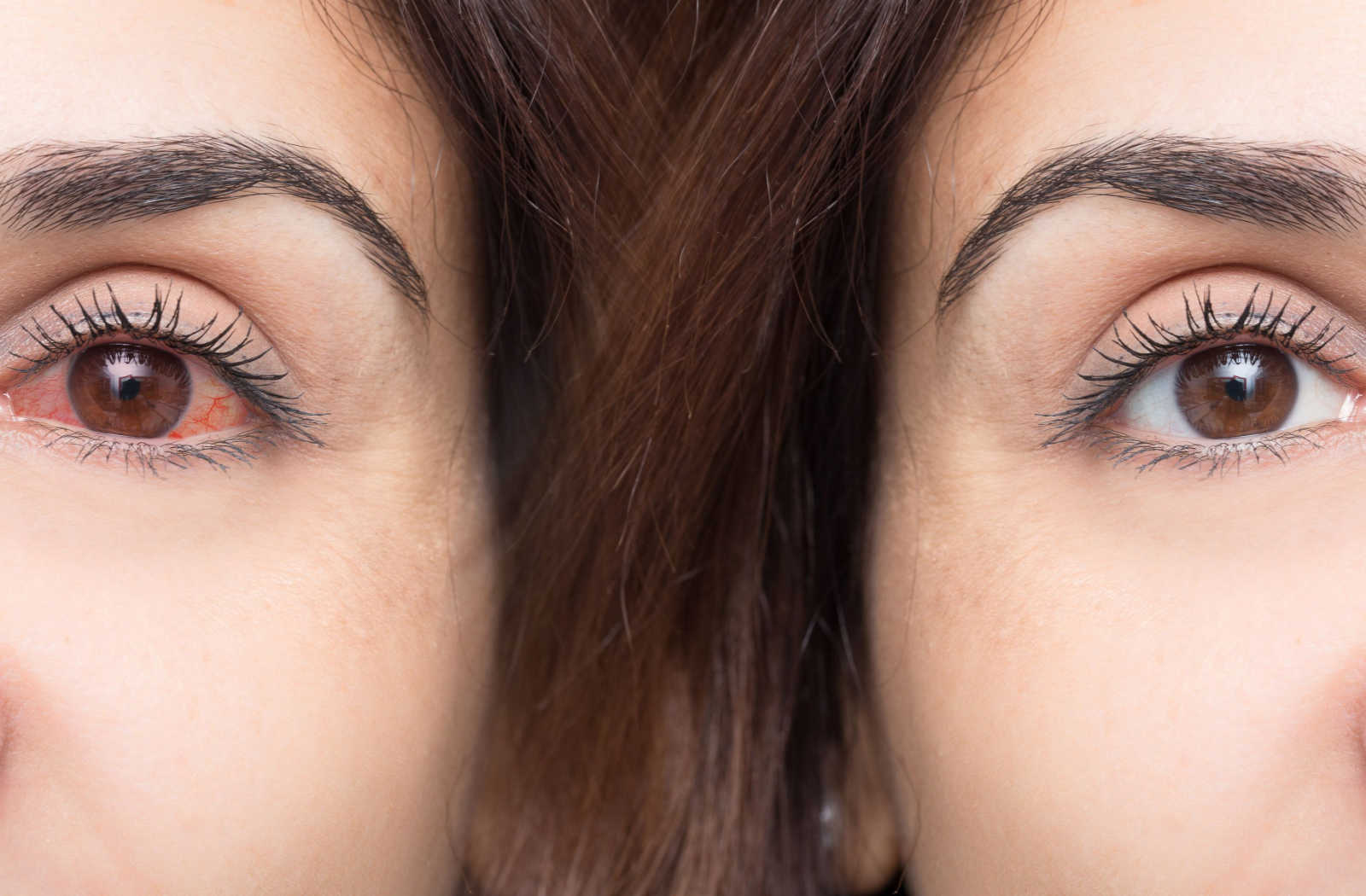Dry Eye Syndrome can be both uncomfortable and frustrating. It affects vision and quality of life. Optometrists play a crucial role in managing this condition. They assess symptoms, recommend treatments, and provide ongoing care. By understanding issues like muncie retina disease, optometrists offer more comprehensive eye care. Their expertise helps in identifying the root causes of Dry Eye Syndrome. They also guide patients through effective treatment options.
Understanding Dry Eye Syndrome
Dry Eye Syndrome occurs when the eyes do not produce enough tears or when the tears evaporate too quickly. This can lead to irritation, redness, and a gritty feeling in the eyes. It may also cause blurred vision and make everyday tasks like reading or using a computer difficult.
Symptoms of Dry Eye Syndrome
Recognizing the symptoms is the first step in managing Dry Eye Syndrome. Here are some common symptoms:
- Stinging or burning sensation in the eyes
- Stringy mucus in or around the eyes
- Increased eye irritation from smoke or wind
Diagnosis and Assessment
Optometrists use several methods to diagnose Dry Eye Syndrome. They ask about symptoms and perform tests to measure tear production and quality. The Schirmer test measures how much moisture your eyes can produce. Another test uses special dyes to observe the tear film and see how long it takes to evaporate.
Treatment Options
Once diagnosed, an optometrist may recommend one or more treatment options. Here are some common treatments:
- Artificial Tears: These are over-the-counter drops that provide temporary relief.
- Prescription Medications: Medications like cyclosporine can help reduce inflammation and increase tear production.
- Punctal Plugs: These small devices block tear drainage ducts to keep the eyes more moist.
Comparison of Treatment Options
| Treatment | Benefits | Limitations |
| Artificial Tears | Immediate relief, easy to use | Short-term solution |
| Prescription Medications | Targets inflammation, long-term benefits | Requires prescription |
| Punctal Plugs | Increases tear retention, semi-permanent | Involves a minor procedure |
The Role of Lifestyle Changes
Optometrists often suggest lifestyle changes to help manage Dry Eye Syndrome. These changes can include taking breaks from screens, using a humidifier at home, and wearing sunglasses to protect against wind and sun.
Staying Informed
Staying informed about eye health is crucial. For more detailed information on Dry Eye Syndrome, you can visit the National Eye Institute or check resources from the Centers for Disease Control and Prevention.
Conclusion
Managing Dry Eye Syndrome involves a combination of professional care and personal habits. Optometrists are key partners in this process. They provide valuable insights and treatments tailored to individual needs. Understanding and addressing Dry Eye Syndrome can significantly improve quality of life, making day-to-day activities more comfortable and enjoyable.


